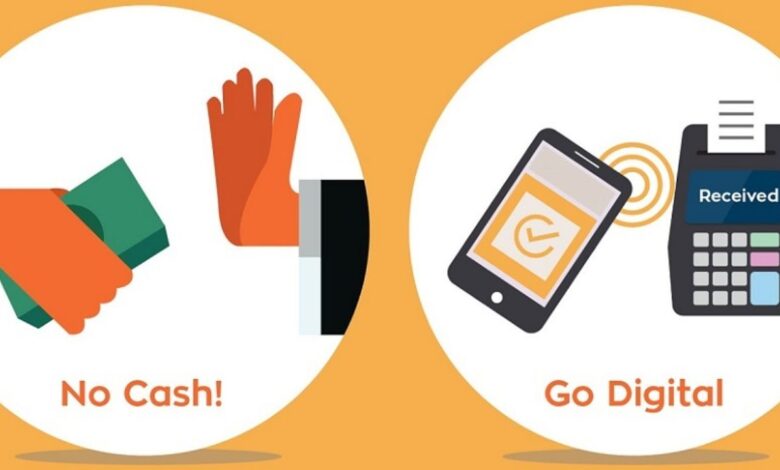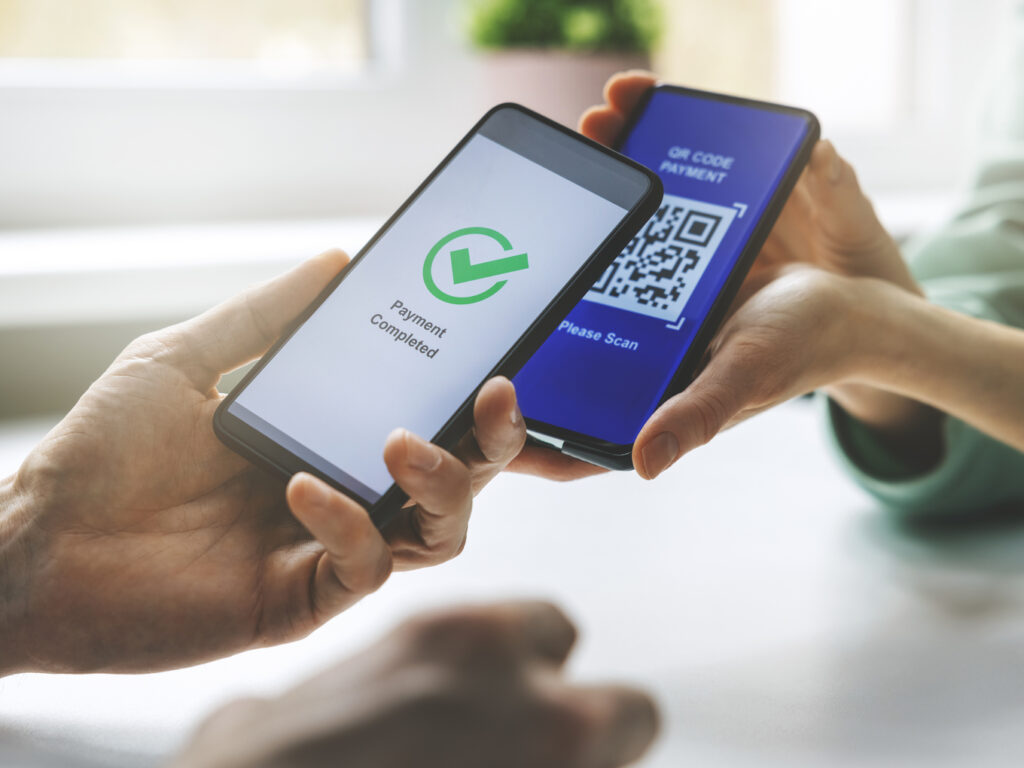The Nations That will Allow Payment Via Latest UPI System, Find Out Before Travelling

UPI technology enables person-to-person (P2P) or person-to-merchant (P2M) money transfers from bank accounts in seconds. Most western countries that rely only on card payments lack real-time payments. This is the point where the National Payments Corporation of India (NPCI) is betting big.
If you happen to be traveling to the UK, UAE, or neighboring Bhutan, your experience paying at merchants will be as seamless as ‘scan and go.’ You don’t need a foreign exchange card, credit card, or cash as the UPI app guides you securely through the checkout process from the merchant.
Benefits Of UPI Payment
Unified Payments Interface (UPI) is a system that feeds multiple bank accounts into a single mobile app (any participating bank), bringing together multiple banking functions, seamless funds routing, and merchant payments under one roof.
UPI is a unified platform that brings together various banking services and functions under one roof. UPI ID and PIN are all you need to send and receive money. Real-time payments between banks can be made using a mobile number or virtual payment address (UPI ID). UPI enables real-time money transfers through mobile devices 24 hours a day, 365 days a year.

It allows access to multiple bank accounts through a single mobile application and offers one-click two-factor authentication while also offering one-click payment. It allows bank account holders to make low-value transactions up to Rs. 2 million.
UPI can be used to transfer funds, make instant payments, or request money from any person. Nowadays we can see that every grocery shop, be it small or big, has a digital payment option. Individuals of the nation are moving towards digital payment options because it makes things easier to live with.
Countries That Are Allowing UPI Payments
Two years ago, NIPL was established as a 100% subsidiary of NPCI to introduce India’s domestic card scheme (RuPay) and mobile payment solutions (UPI) to global markets. NIPL supports nations in building payment networks, counting P2P, P2M, and beyond-border outflows. “Why should one reinvent the wheel? We have done it successfully in India and want to share it with the world,” says NIPL’s Shukla. India’s neighbor Nepal is a classic example of NIPL building modern digital infrastructure for another country.
In July last year, NPCI’s global subsidiary signed up with the Central Bank of Bhutan to enable the use of the UPI-powered BHIM app. Bhutan as a nation will be the first one to accept UPI standards for its QR placement. In August this year, NIPL signed an MoU with UK payment solutions provider PayXpert to make UPI-based QR code solutions available in the UK on all PayXpert Android POS devices for in-store payments.

UPI adoption has also gone live with Mashreq Bank in the UAE deploying the QR code in the UAE. In the P2M space, Indian travelers and tourists in the UAE can now pay via BHIM UPI at 10,000 shops and stores through NEOPAY, the payments subsidiary of Mashreq Bank. In November, NIPL also tied up with the UAE’s largest merchant acquirer – Network International – to help Indian travelers visiting the UAE by enabling them to pay seamlessly through UPI-based mobile apps at retail merchant partners such as jewelers, supermarkets, and duty-free shops.
By the end of this year, the five Southeast Asian giants – Malaysia, Singapore, Indonesia, Thailand, and the Philippines – will sign an agreement to link their respective QR code payment systems. This will mark the way for trade expenditures through QR codes all over the province.
Another big piece of UPI’s expansion is remittances. India is one of the major recipients of cross-border remittances, receiving more than US$80 billion annually and sending around US$20 billion abroad. Conferring to market lessons, 32 million Indians are residing outside the nation.
This number is comparable to the population of Saudi Arabia, Malaysia, and Australia combined. The current inward remittance infrastructure includes ‘rupee draw arrangements’ where banks in India tie up with global licensed institutions that hold a foreign currency account on its behalf. Similarly, there are also Money Transfer Service Schemes (MTSS) for remittances for foreign tourists traveling or staying in India. The key payment bars or pipes are rather called SWIFT, whose grid is used for the transference of currency.

NPCI is willing to make UPI a currency transmission college. But this acceptance has been lethargic, largely because of foreign and local guidelines. It is also difficult because of the procedures and rules around moving worldwide currency. There would be a framework for adopting UPI. “We have identified payments players. We are working in different markets where progress is at different stages. There are markets where we are discussing business and technical issues,” says Shukla.
For example, NIPL has agreed with Western Union, the world leader in cross-border payments, so that money can be transferred to bank accounts in real-time. NIPL also did something strategic by tying up with Singapore’s PayNow, a popular payment ecosystem. As a result, the two fast payment ecosystems will enable real-time money transfers between the two real-time NIPL’s cross-border payments initiative is under development. It has huge potential to not only make remittance payments easier and faster but also reduce high remittance costs.
UPI technology enables person-to-person (P2P) or person-to-merchant (P2M) money transfers from bank accounts in seconds. Most western countries that rely only on card payments lack real-time payments. This is the point where the National Payments Corporation of India (NPCI) is betting big.
If you happen to be traveling to the UK, UAE, or neighboring Bhutan, your experience paying at merchants will be as seamless as ‘scan and go.’ You don’t need a foreign exchange card, credit card, or cash as the UPI app guides you securely through the checkout process from the merchant.
Benefits Of UPI Payment
Unified Payments Interface (UPI) is a system that feeds multiple bank accounts into a single mobile app (any participating bank), bringing together multiple banking functions, seamless funds routing, and merchant payments under one roof.
UPI is a unified platform that brings together various banking services and functions under one roof. UPI ID and PIN are all you need to send and receive money. Real-time payments between banks can be made using a mobile number or virtual payment address (UPI ID). UPI enables real-time money transfers through mobile devices 24 hours a day, 365 days a year.

It allows access to multiple bank accounts through a single mobile application and offers one-click two-factor authentication while also offering one-click payment. It allows bank account holders to make low-value transactions up to Rs. 2 million.
UPI can be used to transfer funds, make instant payments, or request money from any person. Nowadays we can see that every grocery shop, be it small or big, has a digital payment option. Individuals of the nation are moving towards digital payment options because it makes things easier to live with.
Countries That Are Allowing UPI Payments
Two years ago, NIPL was established as a 100% subsidiary of NPCI to introduce India’s domestic card scheme (RuPay) and mobile payment solutions (UPI) to global markets. NIPL supports nations in building payment networks, counting P2P, P2M, and beyond-border outflows. “Why should one reinvent the wheel? We have done it successfully in India and want to share it with the world,” says NIPL’s Shukla. India’s neighbor Nepal is a classic example of NIPL building modern digital infrastructure for another country.
In July last year, NPCI’s global subsidiary signed up with the Central Bank of Bhutan to enable the use of the UPI-powered BHIM app. Bhutan as a nation will be the first one to accept UPI standards for its QR placement. In August this year, NIPL signed an MoU with UK payment solutions provider PayXpert to make UPI-based QR code solutions available in the UK on all PayXpert Android POS devices for in-store payments.

UPI adoption has also gone live with Mashreq Bank in the UAE deploying the QR code in the UAE. In the P2M space, Indian travelers and tourists in the UAE can now pay via BHIM UPI at 10,000 shops and stores through NEOPAY, the payments subsidiary of Mashreq Bank. In November, NIPL also tied up with the UAE’s largest merchant acquirer – Network International – to help Indian travelers visiting the UAE by enabling them to pay seamlessly through UPI-based mobile apps at retail merchant partners such as jewelers, supermarkets, and duty-free shops.
By the end of this year, the five Southeast Asian giants – Malaysia, Singapore, Indonesia, Thailand, and the Philippines – will sign an agreement to link their respective QR code payment systems. This will mark the way for trade expenditures through QR codes all over the province.
Another big piece of UPI’s expansion is remittances. India is one of the major recipients of cross-border remittances, receiving more than US$80 billion annually and sending around US$20 billion abroad. Conferring to market lessons, 32 million Indians are residing outside the nation.
This number is comparable to the population of Saudi Arabia, Malaysia, and Australia combined. The current inward remittance infrastructure includes ‘rupee draw arrangements’ where banks in India tie up with global licensed institutions that hold a foreign currency account on its behalf. Similarly, there are also Money Transfer Service Schemes (MTSS) for remittances for foreign tourists traveling or staying in India. The key payment bars or pipes are rather called SWIFT, whose grid is used for the transference of currency.

NPCI is willing to make UPI a currency transmission college. But this acceptance has been lethargic, largely because of foreign and local guidelines. It is also difficult because of the procedures and rules around moving worldwide currency. There would be a framework for adopting UPI. “We have identified payments players. We are working in different markets where progress is at different stages. There are markets where we are discussing business and technical issues,” says Shukla.
For example, NIPL has agreed with Western Union, the world leader in cross-border payments, so that money can be transferred to bank accounts in real-time. NIPL also did something strategic by tying up with Singapore’s PayNow, a popular payment ecosystem. As a result, the two fast payment ecosystems will enable real-time money transfers between the two real-time NIPL’s cross-border payments initiative is under development. It has huge potential to not only make remittance payments easier and faster but also reduce high remittance costs.




